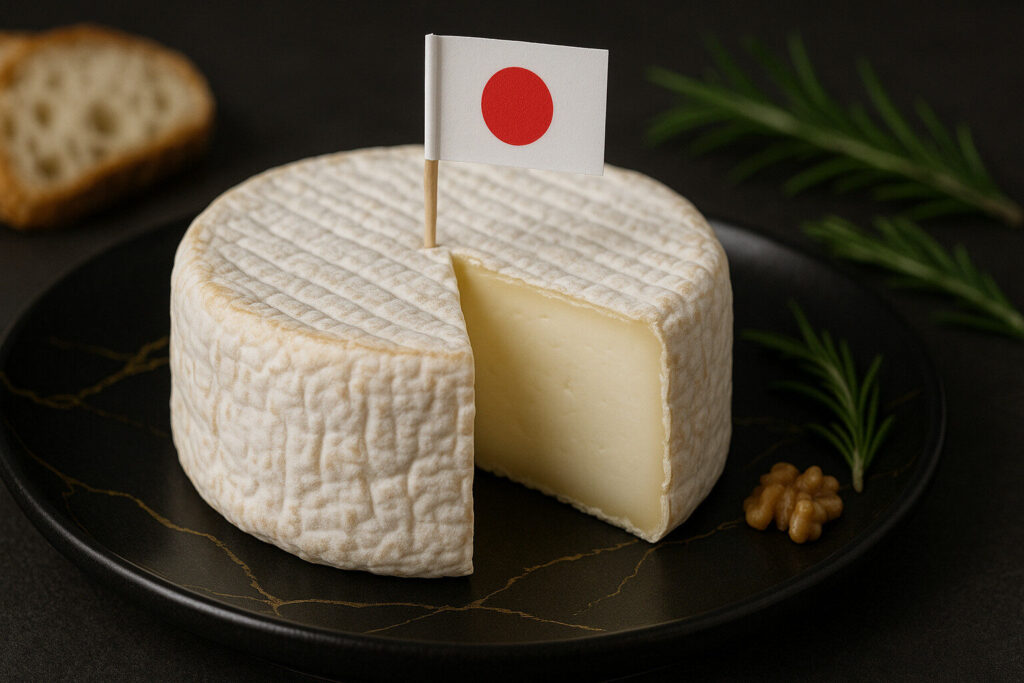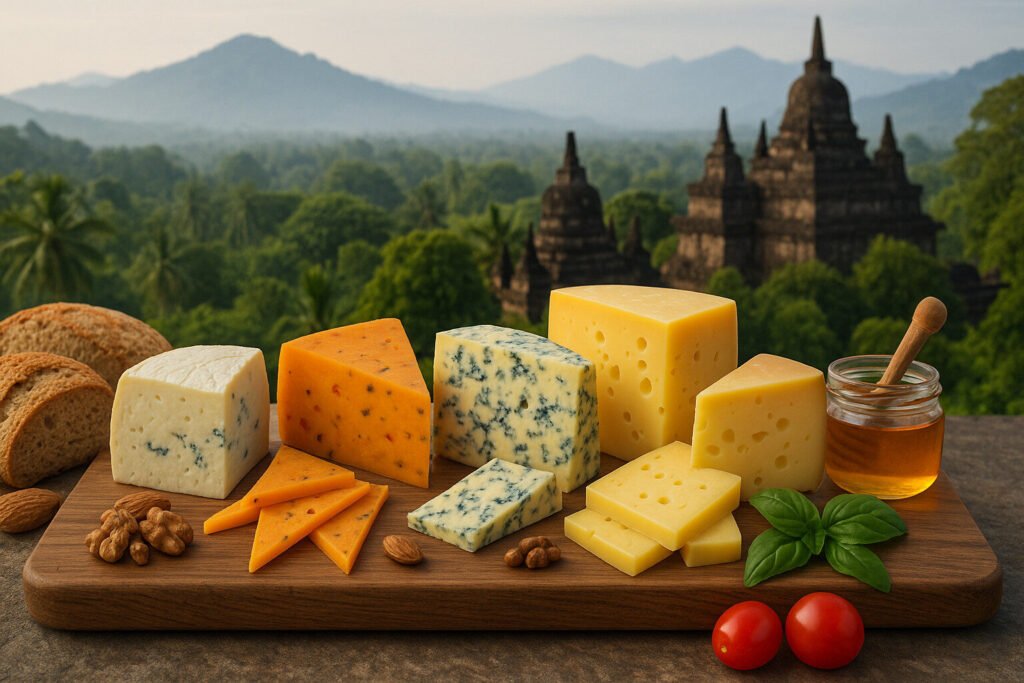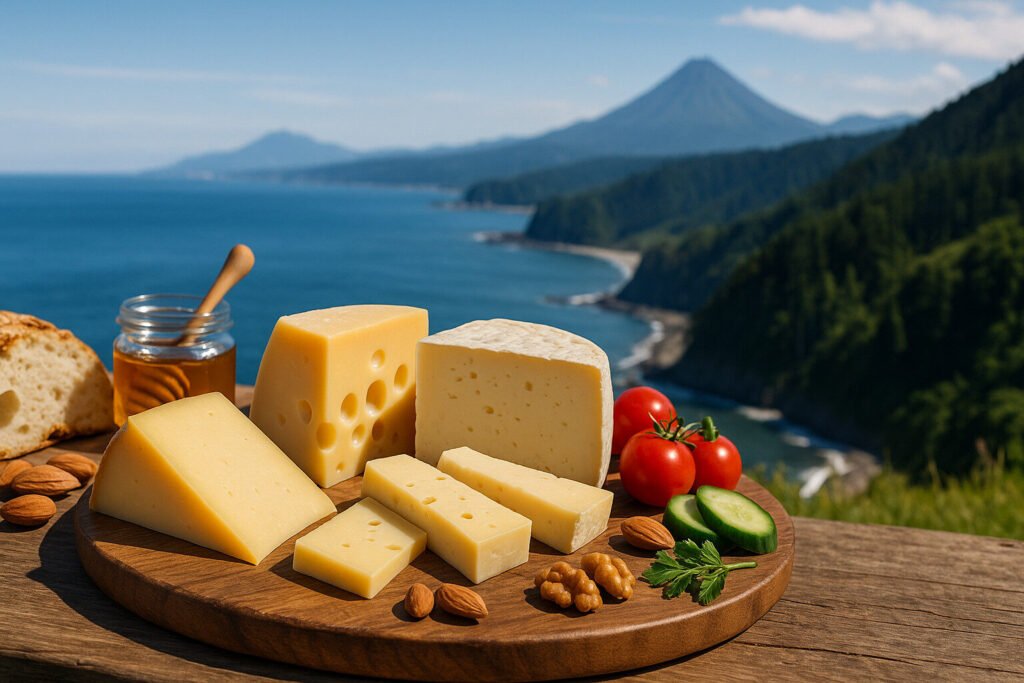Cheese Of Japan
Japanese Cheese Definition and Scope
Japanese cheese refers to dairy products crafted within Japan, often incorporating local ingredients and techniques. These cheeses range from traditional styles like Sakura to modern interpretations using sake or miso. The scope includes both cow and goat milk varieties, reflecting Japan’s evolving dairy landscape.
Production volumes remain modest compared to global leaders, focusing on artisanal quality over quantity. Many Japanese cheeses feature unique regional characteristics, such as Hokkaido’s rich milk bases. This category demonstrates how traditional cheesemaking adapts to local tastes and resources.
Japanese Cheese Production Techniques
Japanese cheesemaking combines European methods with indigenous fermentation practices. Many producers utilize local cultures, including koji mold, for developing distinctive flavors. Aging processes often occur in controlled environments that accommodate Japan’s humid climate.
Small-scale facilities dominate the industry, emphasizing handcrafted approaches to curd handling and molding. Some manufacturers incorporate ultrasonic aging or high-pressure processing to accelerate maturation. These technical adaptations help overcome challenges presented by Japan’s limited cheesemaking history.
Sensory Profile of Japanese Cheeses
Japanese cheeses typically exhibit subtle, umami-forward flavor profiles with clean finishes. Texture ranges from the semi-soft Sakura cheese to firmer, aged varieties developing crystalline structures. Many examples show milder salt content than their European counterparts.
Distinctive aromatic notes often include hints of mushrooms, soy, or delicate floral elements. The mouthfeel tends toward creaminess, even in aged specimens, due to high butterfat content in Hokkaido milk. These sensory characteristics reflect Japan’s preference for refined, balanced flavors.
Usage and Pairing Applications
Japanese cheeses frequently appear in fusion cuisine, complementing both Western and traditional dishes. They work well in composed salads, atop rice bowls, or as part of cheese boards featuring local fruits. Their moderate saltiness makes them versatile cooking ingredients.
Recommended pairings include sake, plum wine, or delicate green teas that don’t overpower the cheese’s subtlety. Many varieties melt smoothly, making them suitable for pizzas, gratins, and Japanese-style hot pots. Their adaptability reflects Japan’s culinary cross-pollination.
Regional Examples and Specialties
Hokkaido produces over 80% of Japan’s dairy and leads in cheesemaking, with operations like Fromage Hokkaido creating Camembert-style cheeses. The northern island’s cool climate and abundant pastureland support quality milk production. Local specialties often highlight the region’s pristine environmental conditions.
Other regions contribute distinctive varieties, such as Kyushu’s goat milk cheeses and small-batch producers in Nagano experimenting with mountain herb coatings. Tokyo-area affineurs have gained recognition for refining imported and domestic cheeses. These regional differences illustrate Japan’s diverse terroir expressions.




